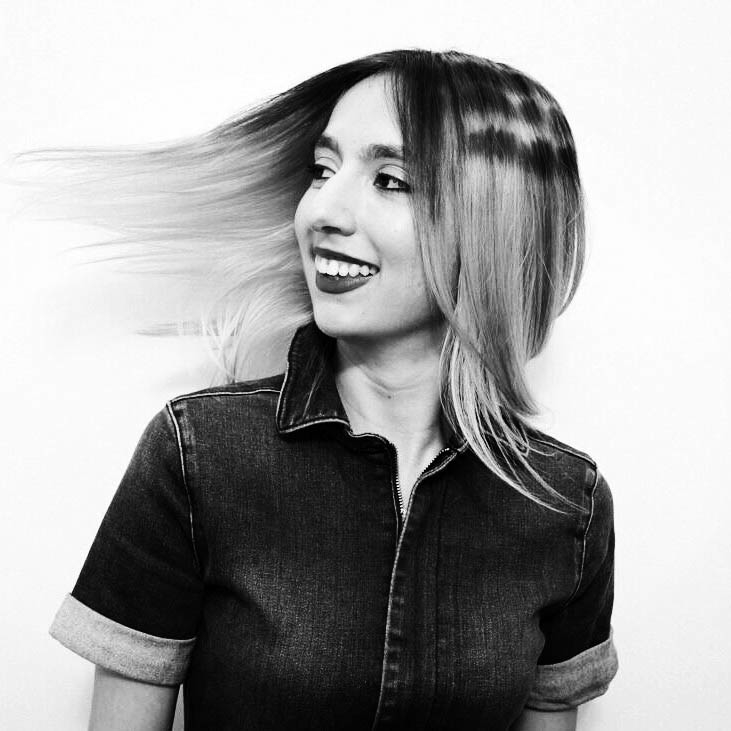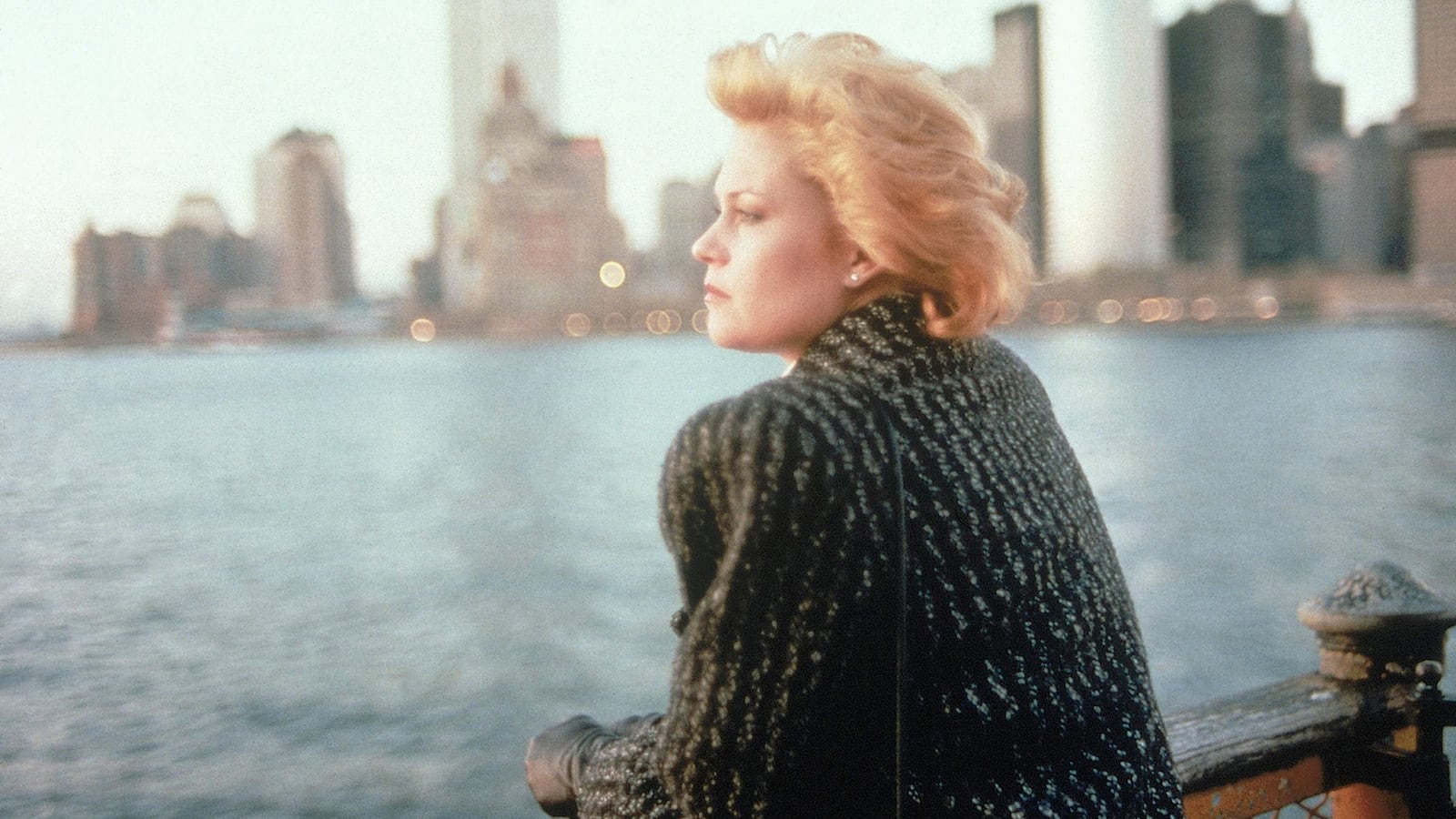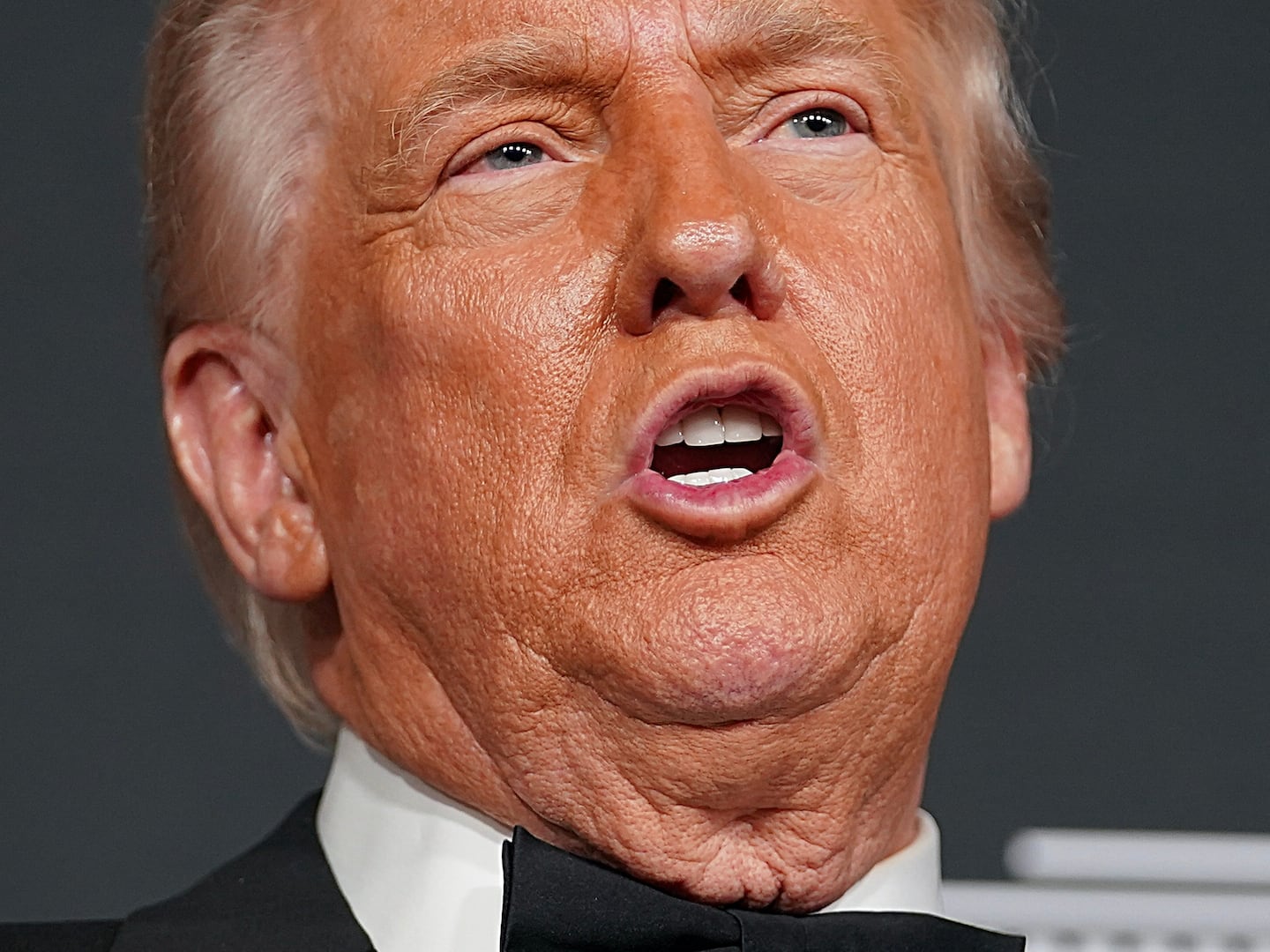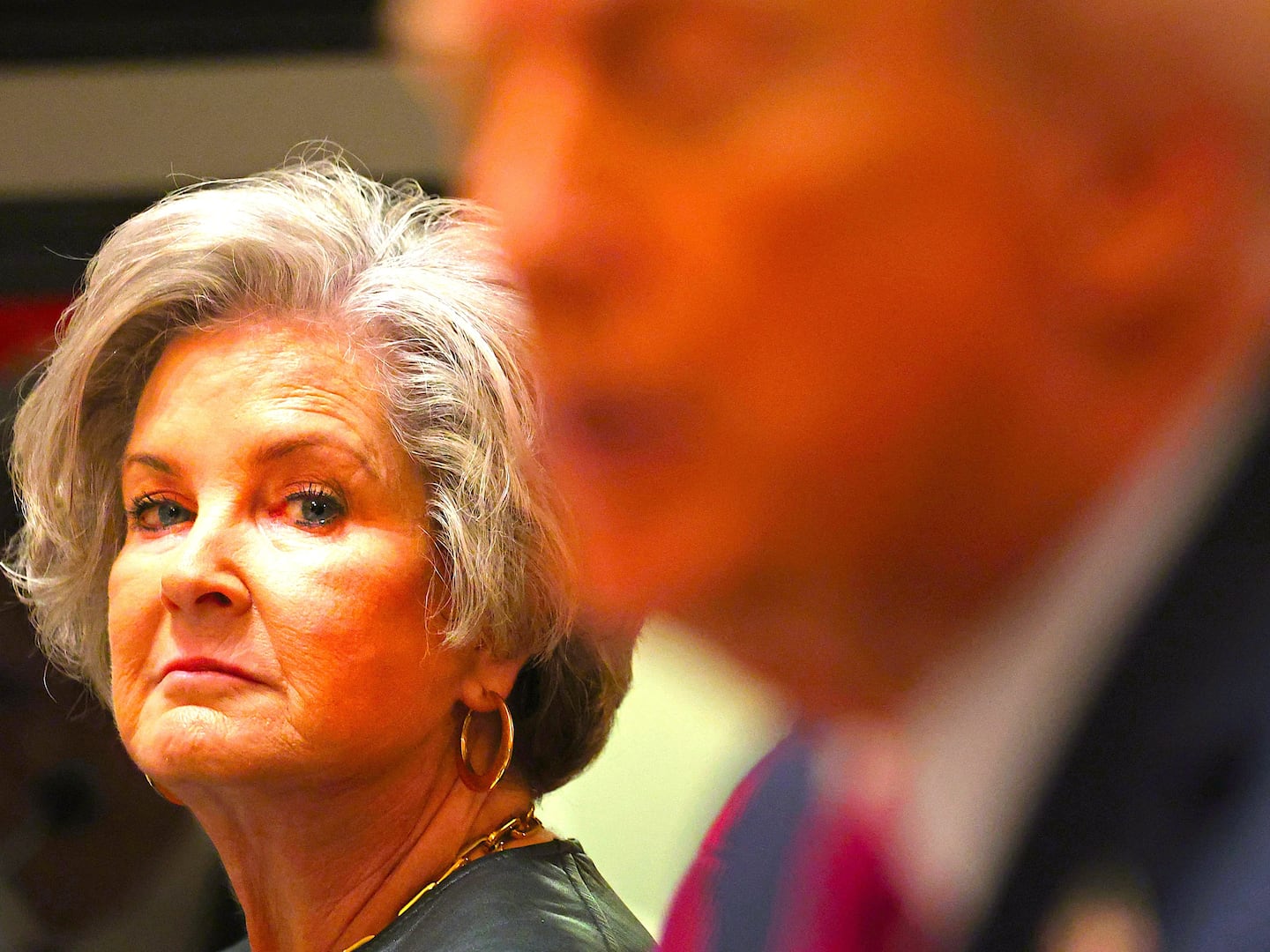“If you wanna be taken seriously, you need serious hair.”
So speaketh Tess McGill, the inimitable heroine of Mike Nichols’ Working Girl. The character, played by Melanie Griffith, utters this line right before taking a pair of scissors to her long, crimped ringlets. (The line was written by a man, screenwriter Kevin Wade.)
Tess emerges from the scene with a short, sleek, androgynous bob. Along with her plucky willpower (and the help of a man), this power hair propels her from secretarial oblivion to corner office with a window in just under two hours' runtime.
Thirty years after its premiere, Working Girl still resonates with audiences, and not just because shoulder pads are back in style.
On the surface, the breezy rom-com depicts a world we don't know anymore. Answering machines play an important role in the plot's development. CEOs don't know how to use computers. The Twin Towers feature prominently in establishing shots.
Still, Working Girl's themes ring frustratingly true. Sexism is rampant, harassment permeates, and a woman's appearance is sometimes just as serious of business as, you know, actual business.
To the modern viewer, Tess’s teased curls slightly resemble Nick Nolte’s mugshot. In 2018, if you showed up to the office with Tess's hairstyle, Rhonda from accounting might lean over and ask if you were feeling OK.
Point being: styles change, but for many, Tess’s words still ring true. But if her helmet-like crown doesn’t cut it, then how has "serious hair" evolved in the 30 years since the film's release?
For many, the answer can be found in Brookfield Place, a high-end mall located directly across from the World Trade Center. Sandwiched between a Starbucks and a Babesta baby boutique sits Drybar, a hairstyling chain that offers “no cuts, no color, only blowouts” for $40 a pop.
“They line up outside at 6:45 and wait for us to open,” store manager Tara Mulholland said of modern-day Tesses. “It’s like an assembly line in the morning.” Some women come in up to three times a week, and a few make a daily habit out of blowouts.
According to Mulholland, the most popular style is called the “Straight Up,” a sleek, no-frills style on top with a soft curl at the end. It's 50 percent Rachel Green, 50 percent Rachel McAdams in Spotlight, and zero percent personality.
That's kind of the point. “It’s something that just looks effortless,” Mulholland said. “They don’t want to look like they’re trying too hard, but they still want to look powerful.”
Though it’s a generalization, Mulholland said that “on average” the women’s hair falls just below their collarbones. When a woman comes into the salon with longer hair, Mulholland pegs her for a young student from a nearby university, not a Working Girl.
Along with length, color is an important factor of power hair. In 2017, Eileen Carey, CEO of Silicon Valley startup Glassbreakers, told the BBC that she dyes her naturally blonde hair brown in an effort to present herself as professional.
"The first time I dyed my hair was actually due to advice I was given by a woman in venture capital," Carey said. "I was told for this raise [of funds], that it would be to my benefit to dye my hair brown because there was a stronger pattern recognition of brunette women CEOs."
On the east coast, women ditch the bleach, too. "Wall Street is really tough, and people will tell you that your hair being a certain color makes others think you are less intelligent," Sterling McDavid, a former Goldman Sachs analyst, told The Daily Beast. "Before I even interned there, I took my hair from blonde back to my natural light brown hair.”
The night before her first day as a summer associate, Hannah Hwang subjected herself to a similar ritual, correcting a platinum dye job to its natural black. “I asked my friends and family ‘Do you think they’d mind?’” Hwang recalled. “No one was supportive of me going to work with white hair."
What would happen if, hypothetically, a woman rolled into work with bubblegum pink hair? “You would not get invited to meet with clients, 100 percent," said Hwang, now an associate at international law firm Milbank, Tweed, Hadley & McCloy, “You would not get invited to meet with clients, 100 percent.”
If Tess's best friend Cyn (Joan Cusack) were to be re-written for 2018, she very well might have rainbow hair.
In the film, her gaudiness is portrayed to the tune of teal eye shadow and a mullet-esque rat's nest. This shows that unlike Tess, Cyn won't masquerade as a "serious" person. She is who she is, and proud and comfortable with it. She starts and ends the film as a secretary.
In the movie's obvious hair-signposting, her outrageous personality and huge hair are indivisible, and immediately tell us she's not of the Wall Street executive class Tess aspires to. Her scene-stealing one liners win every time.
Hwang doesn’t style her hair, but her shoulder-grazing lob definitely fits in with her firm’s Stepfordian aesthetic. “Everyone is so vanilla at the office that you don’t really notice that we all look the same,” she said.
This unspoken code extends to men, too. “When guys do something differently with their hair, like growing it out past shoulder length, the partners will let you know they think you need a haircut,” Hwang explained.
In Working Girl, Tess’ love interest (Harrison Ford), tells our heroine that she “dresses like a woman, not like a man would dress if he were a woman.” The delivery is more of a pickup line than career advice, but that sentiment gives Tess permission to ease up on her heavy, masculine hairstyle.
In the following scenes, her curls become more coiffed and girly. She's not trying to pomade the life out of her strands as if she were masquerading as a man. Still, there's a sense that Tess had to earn the right to her showcase her womanhood, which many of the men around her see as a liability.
If Tess were a woman of color, "power hair" would have been even more complicated. On a whitewashed Wall Street, natural hair can be viewed by some as a political statement when sometimes, it's just a preferred method of styling.
As finance expert and author Tonya Rapley recalled, “When I first went natural, I cut all my hair off. My mother said, ‘Oh my God, you’re so radical, you’re never going to get a job with that hair.’” However, Rapley believes that New York's workforce is "a little more liberal and flexible” when it comes to natural hair.
Rapley often found herself giving white colleagues impromptu lessons in black hairstyling. “Natural hair is very versatile, so it used to take my co-workers aback when I would show up with differently-styled hair,” she said. “They weren’t intentionally rude about my hair, but they were very vocal with asking questions about it.”
Now, Rapley is a regular on finance news segment circuits, an environment that is notoriously whitewashed. “A lot of the time, they will not hire hair and makeup artists who know how to do natural hair, which is an issue,” she revealed. “Sometimes, I have to show up with my hair done, or do it myself, or I run the risk of looking crazy on TV.”
Appearance still matters for corporate women, particularly so because they may be judged on it first before the quality of their work.
“There are a few senior females I can think of at the law firm and at the bank who very clearly spend a lot of time on their appearance," said Alice Z. Chen, VP and assistant general counsel at Goldman Sachs. "(They get) blowouts daily, (wear) lots of makeup, high heels, and great outfits.”
While attention to aesthetics won’t get you uninvited to a client meeting, it might leave you with a certain reputation. “I don’t think (looking good) makes people take you less seriously, but I guess in a sense that’s the first thing people say—‘Oh, there’s the partner with great shoes’—rather than commenting on ability.”
So, yes, a lot has changed in 30 years for women in the corporate sphere thank goodness—and yet a lot has stayed the same, as those early morning lines at Drybar vividly illustrate.






